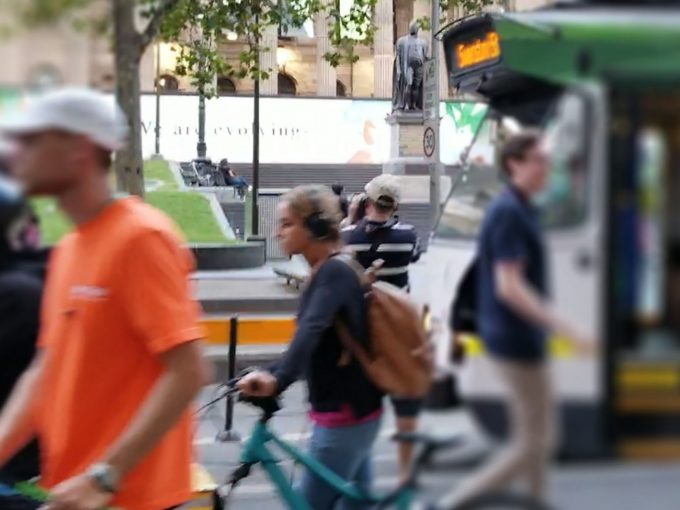New research aims to strengthen walkability in rural and regional areas, delivering an innovative smart online tool to support and encourage Australians to get active.
Growing evidence shows physical inactivity increases the risk of early death and chronic disease, yet less than half the adult population meet physical activity guidelines, with rural adults far less active than urban adults.
The new project, led by the University of Tasmania with RMIT University and Deakin University, will explore and assess rural walkability to develop a smart online tool, supporting regional Australians to live healthy, active lives.
The study has been awarded $571,000 in funding from the NHMRC Medical Research Future Fund’s Preventative and Public Health Research Initiative.
RMIT’s project lead is Dr Melanie Davern, a Senior Research Fellow in the Centre for Urban Research and the Director of the Australian Urban Observatory – a ground-breaking digital platform, which is mapping liveability in major cities across the country.
Although her work has helped collect data on walkability and the built environments to influence change in Australian cities, Davern says there is little information about walkability in rural communities to better support and improve population health outcomes.
“The way our local environments are planned and designed – the roads and street networks, housing, location of shops and services and public transport – all influence how physically active people are,” she says.
“Because there is less information about walkability in rural settings, there’s a gap in knowledge on how to target activity and support healthy and active lifestyles.
“This study will be designed with local organisations and community members to create a new smart online tool that establishes how walkable their towns are, while identifying priority areas for action.”
Using Tasmania as the setting for the project, the team will measure walkability across 90 small towns in the state to develop an assessment tool to identify priority areas for action.
Chief Investigator Associate Professor Verity Cleland from the University of Tasmania said the state was the ideal setting for this research.
Chief Investigator Associate Professor Verity Cleland from the University of Tasmania said Tasmania was the ideal setting for this research.
“Tasmania is the only State where more residents live outside the capital city, and our health outcomes are among the worst in the country,” she says.
“This funding gives us a fantastic opportunity to partner with the Tasmanian Department of Health and the Local Government Association of Tasmania and work with communities to help get them up and moving.
“We know that many regional communities don’t have safe footpaths or appropriate street lighting to make walking or cycling viable choices for getting around or exercising, and less than half the adult population do the recommended daily amount of physical activity.”
“Making it easier to walk places is common sense, especially when we know that rural and regional Australians do less physical activity than their city-based counterparts.”
Davern says the project will also foster new discoveries in relation to the ‘exercise and nutrition’ priority area.
“Rural areas of Australia are so important and this is a fantastic opportunity to extend knowledge of walkability and liveability in those communities,” she says.
“It also compliments what we have learnt about the 21 largest cities of Australia.
“Co-designing this study with policymakers, practitioners and community members really enhances the scalability and potential of the new tool, ensuring readiness for immediate rollout across rural Australia and around the world.”
Developing benchmarks and a smart online tool for assessing walkability in regional and rural communities is a joint four-year collaboration between University of Tasmania, RMIT University and Deakin University.
Story: Chanel Koeleman





